My inspiration comes from art history, melancholy, literature, and the people I live and work with. The motivation lies in finding things which are important to me. I like to share the things I love.
Sculptor Stefan Rinck dwells on art history, the inexplicable, and humour – the three pillars of his artistic interest

What brought you to the world of art? When did your story start?
My mother was an art teacher at high school. She also gave drawing lessons at our home and in a studio. My parents often took me to museums. I still remember the moment when I started to admire constructivist paintings. I was alone in a section featuring works by László Moholy-Nagy and, maybe, Kazimir Malevich, and suddenly I started liking these paintings.
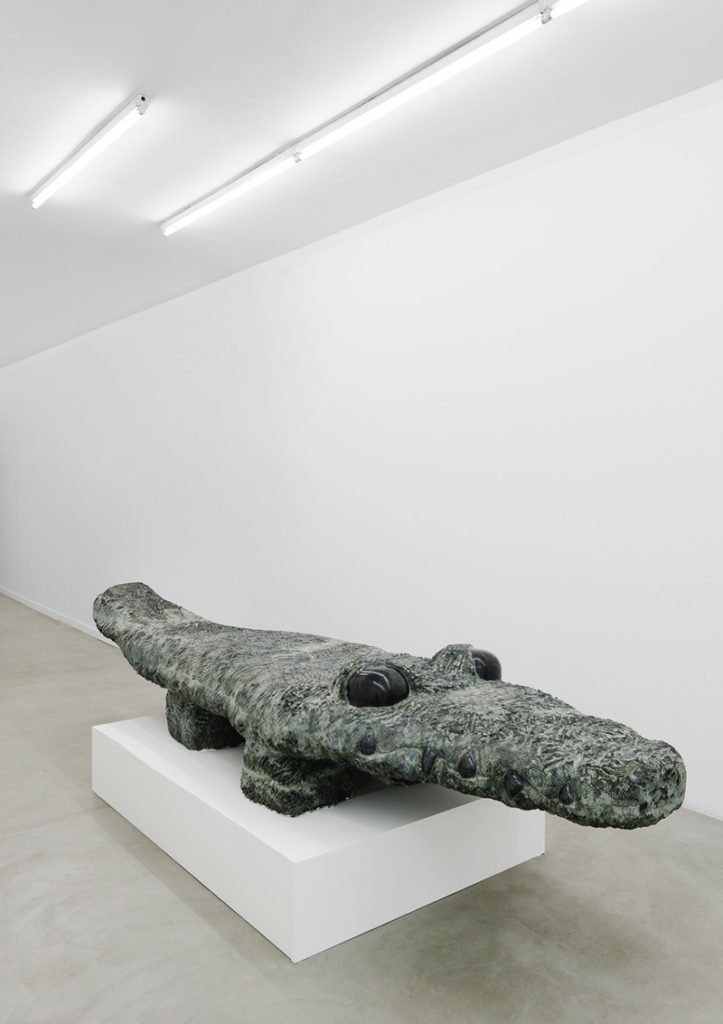
And You Smiled for a Second
Tell us about the evolution of your practice over the years.
As a teenager I was pretending to be a bohemian with his own studio. I told my mother that I needed a studio. Most of the time I used her studio and pretended it was mine. I was drawing at my mother’s drawing course and, sometimes, I did portrait photography.
After school I decided to do an apprenticeship as a stone mason and a sculptor. The place where I took the apprenticeship was a typical one, where they did gravestones, stairs, and other stuff for buildings. After that, I studied art history and philosophy for just two semesters before the art academy accepted me for sculpture studies.
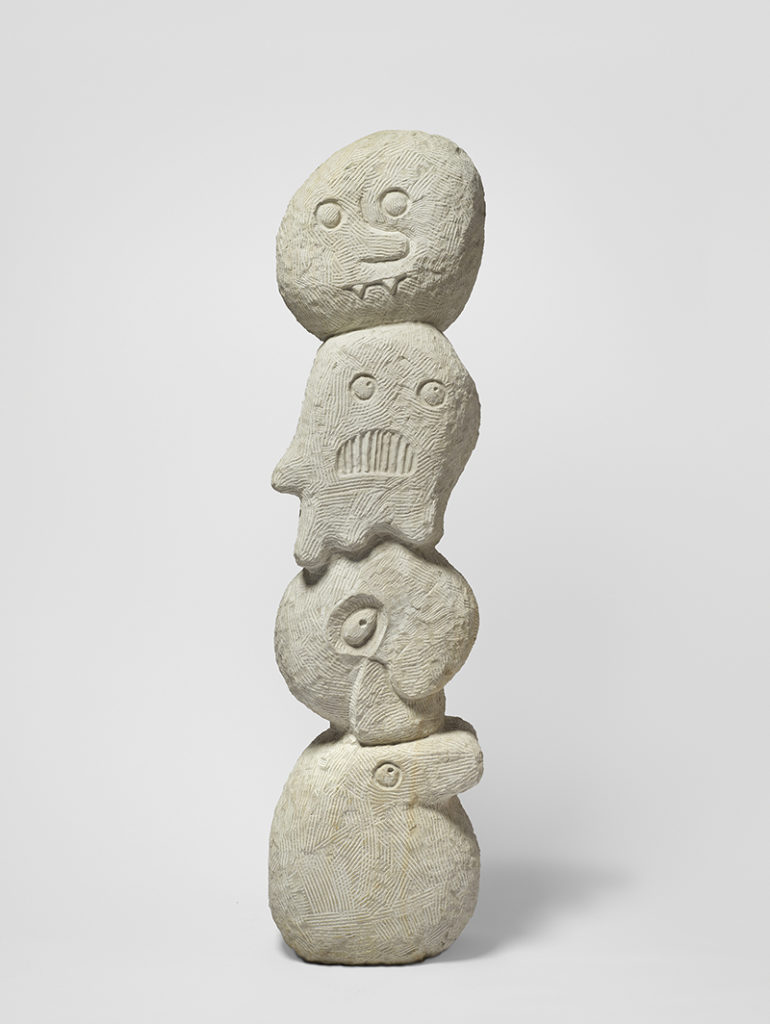
Cypher Constellation
Tell us about the memorable lessons you learnt and the consequent hurdles you faced in your journey?
The biggest obstacles came after my studies. It was a time when I was not protected by the academy anymore. Nor did I have any gallery representation. I was doing a lot of jobs and floating around like a free bird. Fortunately, I had friends who became very successful in the art market. They helped me when I was down.

Genesis 3
What inspires you? Tell us a little about your process.
My inspiration comes from art history, melancholy, literature, and the people I live and work with. The motivation lies in finding things which are important to me. I like to share the things I love. After finding them I take them into my world and give them back to the world again. It’s all about taking my message and what I have seen to the next generation. The process of my work is to make little sketches and transform them into sculptures.

What, in your opinion, is the primary role of an artist? How do you resolve the variance you see in yours and the public’s perception?
The primary role of an artist is to communicate. It’s about things we are not able to speak about directly, so we have to show them.
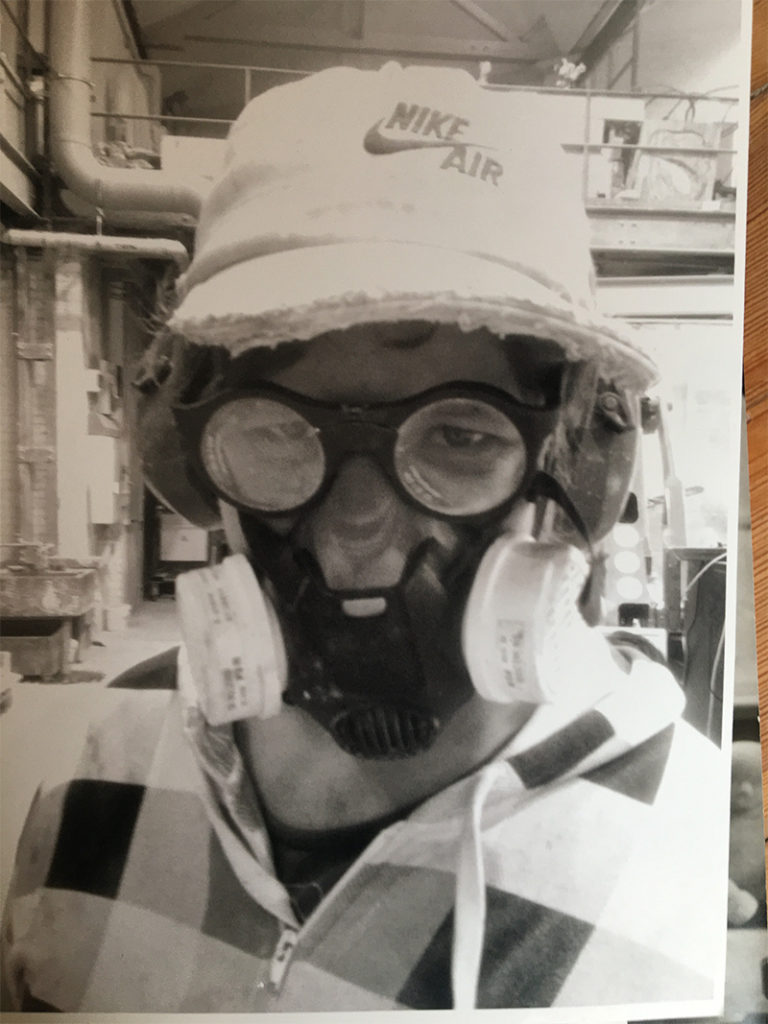
How do you balance art and life?
There should be equanimity while balancing work and life.
How do you deal with the conceptual difficulty and uncertainty of creating work?
Conceptual difficulty is tough but an important feature of art. Everything is uncertain all the time.
How does your audience interact and react to your work?
The audience often reacts emotionally, which is desirable.

Standartenträger
What do you look for when you look at other artists’ work? Is there anyone or any object of art that intrigues and inspires you?
I look for playful art with a sense of humour. I love primitive art from all around the world. I love the French romantic sculptor Gislebertus. I admire Picasso, Miro, Calder, Leger, and Max Ernst. Among contemporary artists I like Paul McCarthy, Gunther Förg and Rodney Graham. However, my list of favourite artists is much longer.
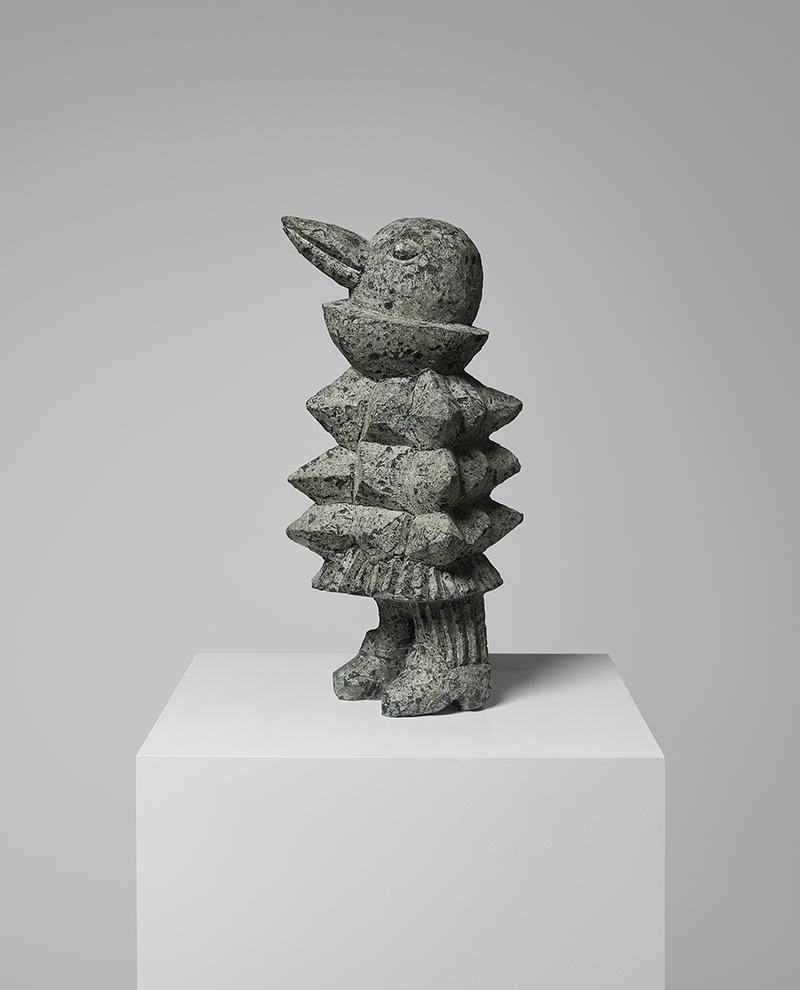
Mr.Flamboyant Diabas
What do you observe in an artist who is in flow?
It’s like watching people when they are dancing. It’s magic.
What is that one thing you wished people would ask you but never do?
“May I give you a big museum show?”
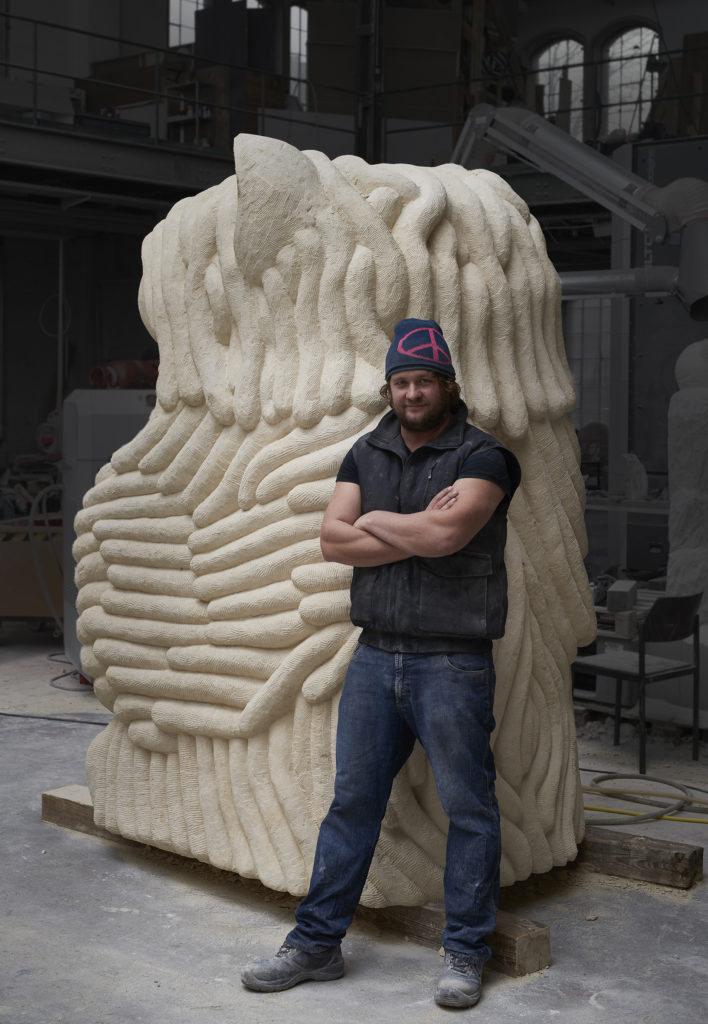
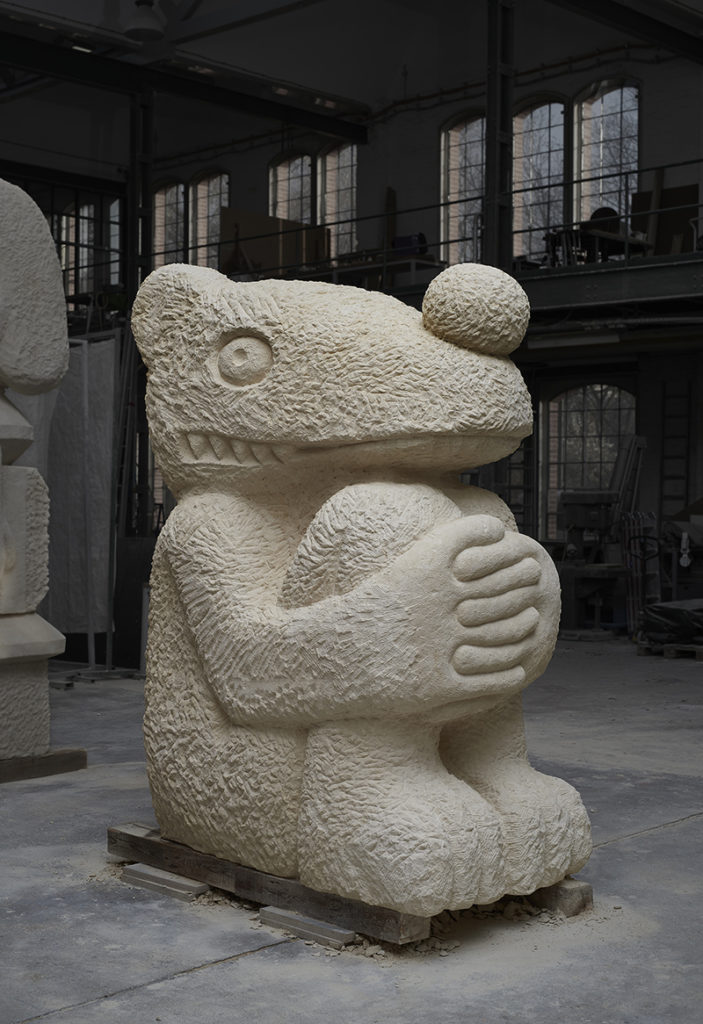
Squatting Ichneumon
What advice do you have for an artist who is starting out that you consider crucial?
Study Art history, work as much as you can, and follow your heart.
How does your interaction with a curator, gallery or client evolve from the initial interface to the working-involvement-relationship? How do you feel about commissions?
I could do commissions but not too much. I have very good relations with my gallerists. With my Belgium gallerist Sebastien Janssen, it has been a great ten years of friendship and collaboration.

Ichneumon II
What are you working on now? What’s next?
I am working for two exhibitions for next year. One at the Nino Mier Gallery, Los Angeles, in the spring. The other is at the Sorry We’re Closed gallery, Brussels, in the autumn.








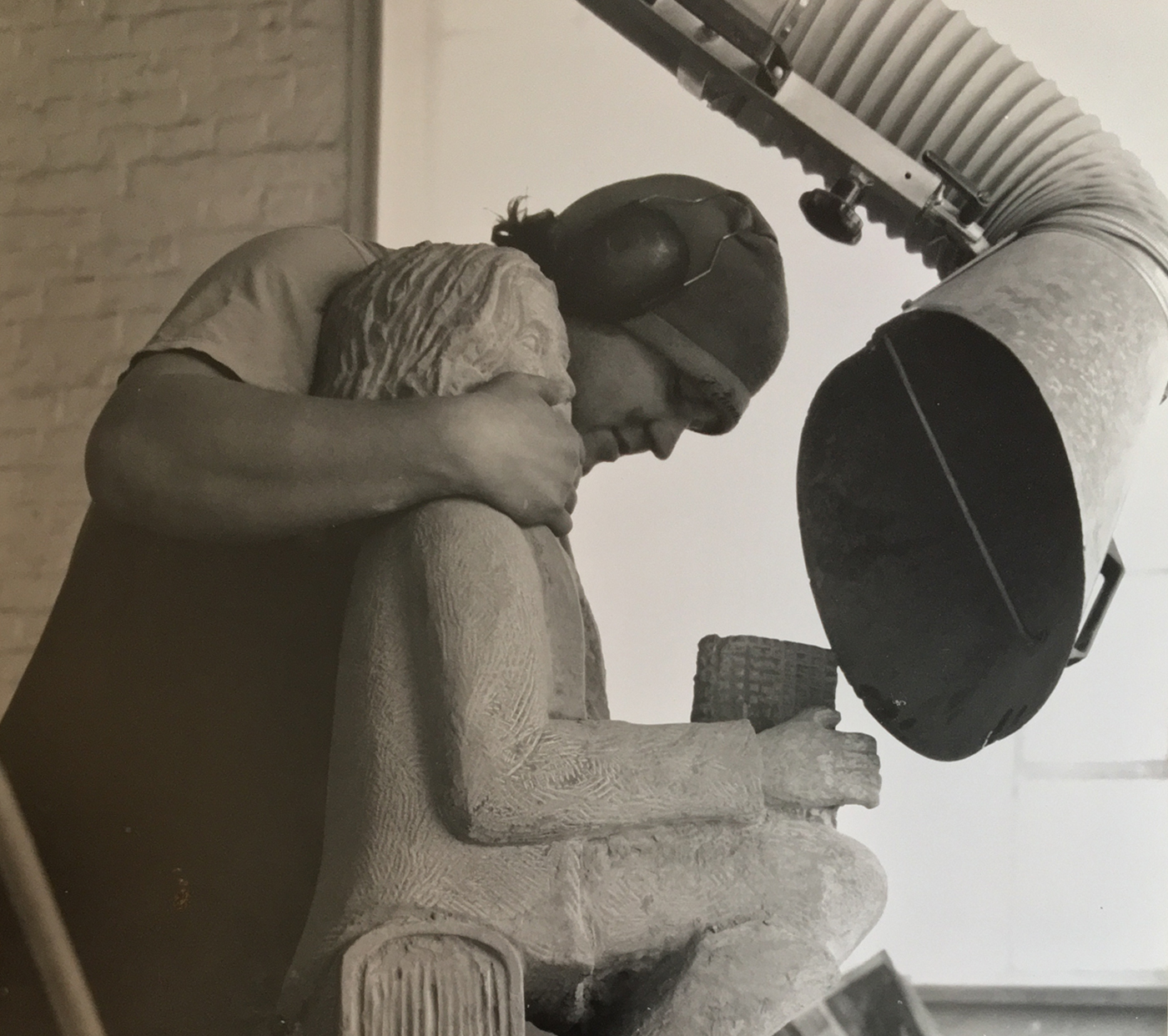



Add Comment